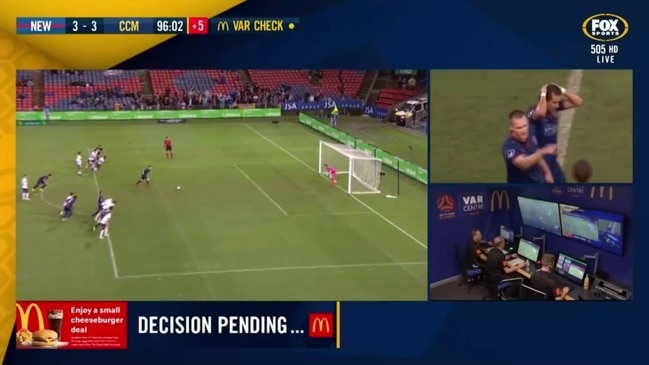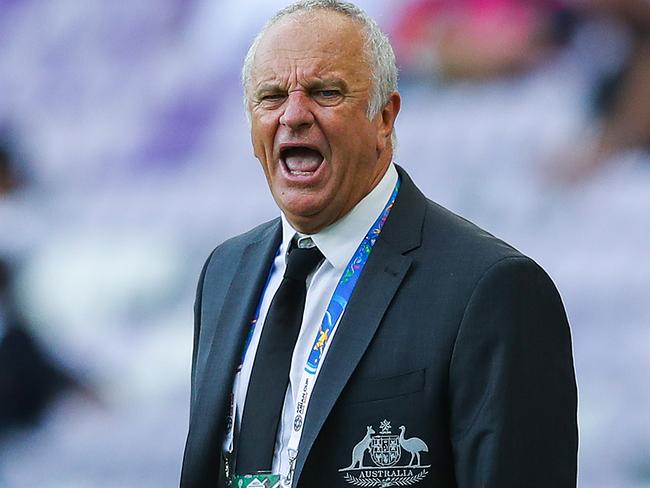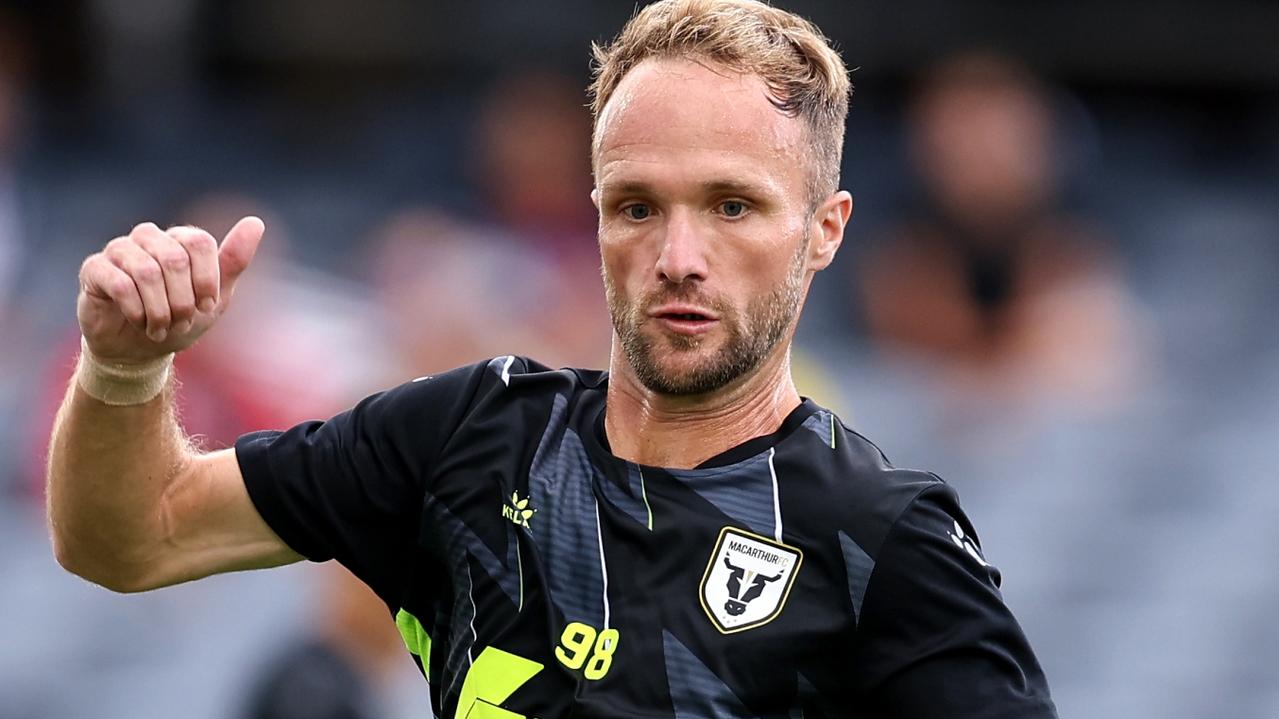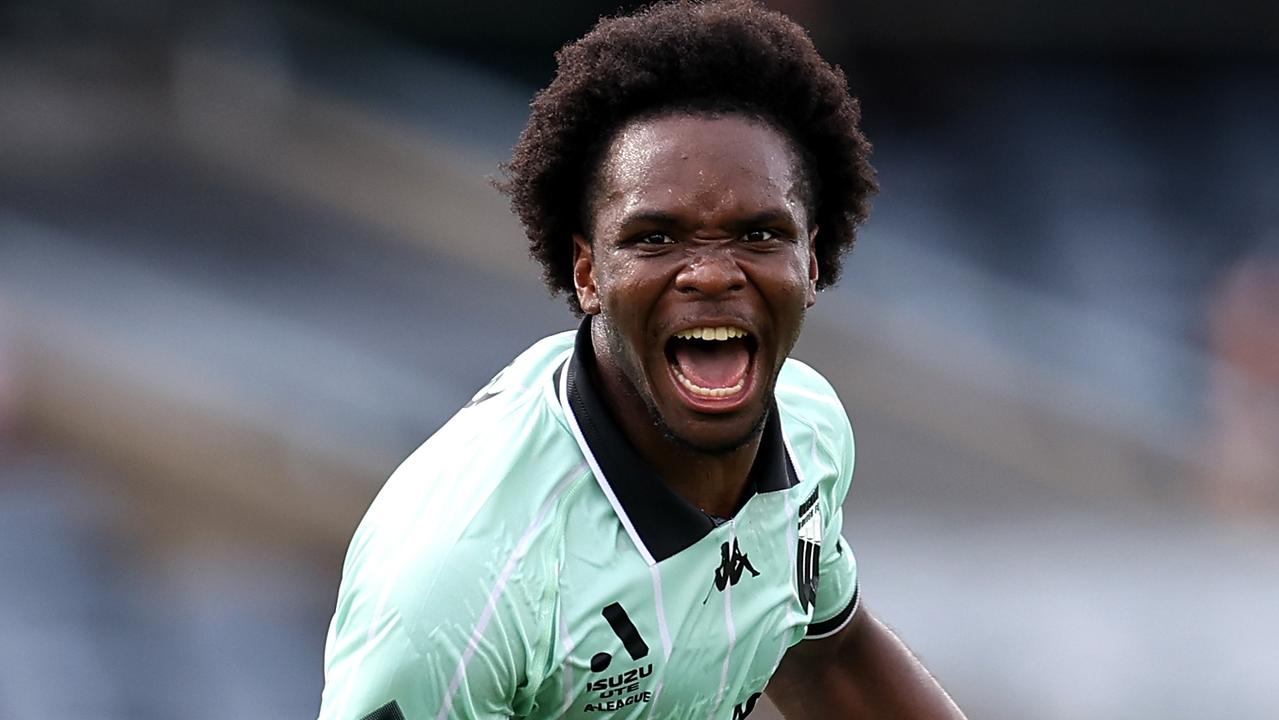Much more at stake in Cambodia than another step on the road to the 2020 Tokyo Olympics
On a haphazard plastic pitch, in dripping humidity, Australia’s hopes of making the 2026 World Cup could be defined by events in Cambodia’s capital city, Phnom Penh.

Australia’s 2026 World Cup hopes are at risk of being lost in the international wilderness if the Olyroos fail in their latest assignment.
Graham Arnold’s generation next go into this weekend’s mini-tournament against Asian rivals Cambodia, South Korea and Chinese Taipei in Phnom Penh with more than Olympic qualification on the line.
If the Olyroos come out on top, or are one of the four best runners-up from 11 similar groups playing across Asia, they will go into the final tournament next January to decide which three teams go to the 2020 Olympics.
If not, the international opportunities for the players who should be at the heart of the green and gold’s international future, will dry up.
This despite Arnold calculating that 87 per cent of Socceroos went through the proofing process of an Olympic qualification campaign, coming out of it attuned to the demands of international football.
COMPLICATED: ROOS’ OLYMPICS QUEST GETS STARKER
NATIONAL LOW: SYDNEY’S STADIUMS RANKED WORST
RESTING UP: WHY AREN’T THE SOCCEROOS PLAYING?
But there would be nothing ahead internationally until the day they are expected to step up and replace the likes of Robbie Kruse, Mat Leckie and Aaron Mooy in the senior national team.
The Chinese U23 team, in another group, is spending $20 million on its ongoing program for their squad, according to their coach — a certain Guus Hiddink.
The Olyroos, until last week, had never even played together before.

“When I came into the camp, I knew probably half the boys and the other half just by name,” said midfielder Dennis Genreau, on loan from Melbourne City at PEC Zwolle. “I’d never played with them, never met them before.
“This last week has been really, really important to get to know the boys — mentally, to get that bond, it helps a lot in the game.”
A cash-strapped FFA has had to turn down offers of places at warm-up tournaments, while the A-League clubs in some cases fought their players going into camp a week early to give them some form of preparation.
That partly explains why Australia has qualified for only five of the past 14 international tournaments at youth level, and as a result is now unseeded — so, for instance, has powerhouse South Korea in its group this time.
“Without this generation getting at least 15-20 (underage) internationals, they won’t go on to play for the Socceroos,” Arnold said.
“That’s how important it is for this age group. The Olympics would be an amazing feat for them, but the most important thing is to help these kids become Socceroos.
“With retirements and injuries we need more depth at Socceroo level, and the only place they can come from is the age groups below. It’s all about having an Australian passport.”
Friday night will be some occasion, against a Cambodian team backed by a sellout home crowd.


